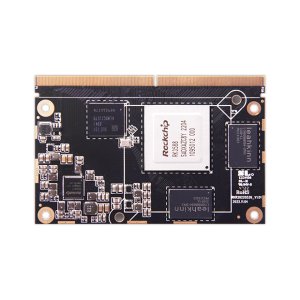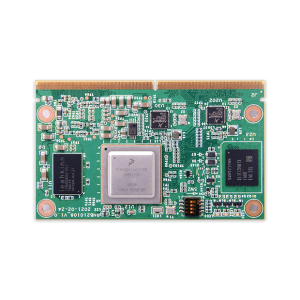System on Module vs. Traditional Development: Which Is Right for You?
System on Module vs. Traditional Development: Which Is Right for You?
Blog Article
Edge research has surfaced as a revolutionary tendency in the computer business, permitting quicker knowledge handling and reduced latency by providing computational energy nearer to wherever data is created. An integral creativity advancing this change may be the increase of system on module which are lightweight, efficient, and versatile processing models made to include effortlessly into tailored electronics systems.

The Role of Computer on Segments in Side Research
Pc on Modules have grown to be fundamental in edge research for their ability to improve electronics design while sustaining strong handling capabilities. According to a recently available report by MarketsandMarkets, the global side research industry is expected to develop from $40.84 thousand in 2021 to $132.11 billion by 2026, with COMs enjoying a substantial role in this expansion.
These adventures are particularly impactful in industries requesting real-time data evaluation at the edge. For instance, the transport business utilizes COMs in autonomous vehicles for real-time decision-making, while smart cities use them to handle programs like traffic flow and power distribution.
Lightweight and Versatile Design
One of many standout traits of Computer on Segments is their small and modular design. This permits developers to integrate high-performance research power into edge devices without the necessity for extensive electronics redesign. A study by IoT Analytics unearthed that 68% of companies implementing IoT options consider modular hardware like COMs important for quick arrangement and scalability.
COMs also help custom-made configurations, creating them suitable for a wide range of programs, from industrial automation to healthcare. Their capability to conform to unique needs is a operating force behind their ownership in side computing systems.
Energy Efficiency and Performance
Edge processing products usually work in environments with confined energy resources. COMs address this concern by giving optimized energy performance without reducing on computational strength. A study by Allied Industry Research outlined that energy-efficient side processing answers are expected to rule the field through 2030, placing COMs as a vital part for reaching this goal.
Additionally, with improvements in processors and integrated graphics, COMs now deliver the efficiency needed for AI-driven applications at the edge. That not only improves real-time features but additionally reduces dependence on centralized cloud systems.
Why the Potential Goes to COMs
With world wide information technology estimated to attain 175 zettabytes by 2025, side computing is defined to be more built-in than ever. Pc on Adventures offer an convenient, energy-efficient, and scalable solution for running that influx of data. Their relevance across diverse sectors like healthcare, manufacturing, and telecommunications just underscores their vital position in shaping the future of side computing.
COMs are no longer just a technological trend; they are the backbone of next-generation side techniques operating advancement and efficiency throughout the globe. Because the need for edge processing keeps growing, so will the value and affect of COMs in this fast evolving landscape. Therefore, it's secure to say that Pc on Adventures are here to keep and will continue shaping the future of side computing.

Realization
Edge research is transforming the way in which we process and use data, with Pc on Adventures at the forefront of the revolution. Their lightweight design, usefulness, energy effectiveness, and efficiency make sure they are a perfect option for running real-time knowledge at the edge. As industries significantly count on side research for their operations, COMs may perform a crucial position in driving advancement and performance in these systems. Report this page